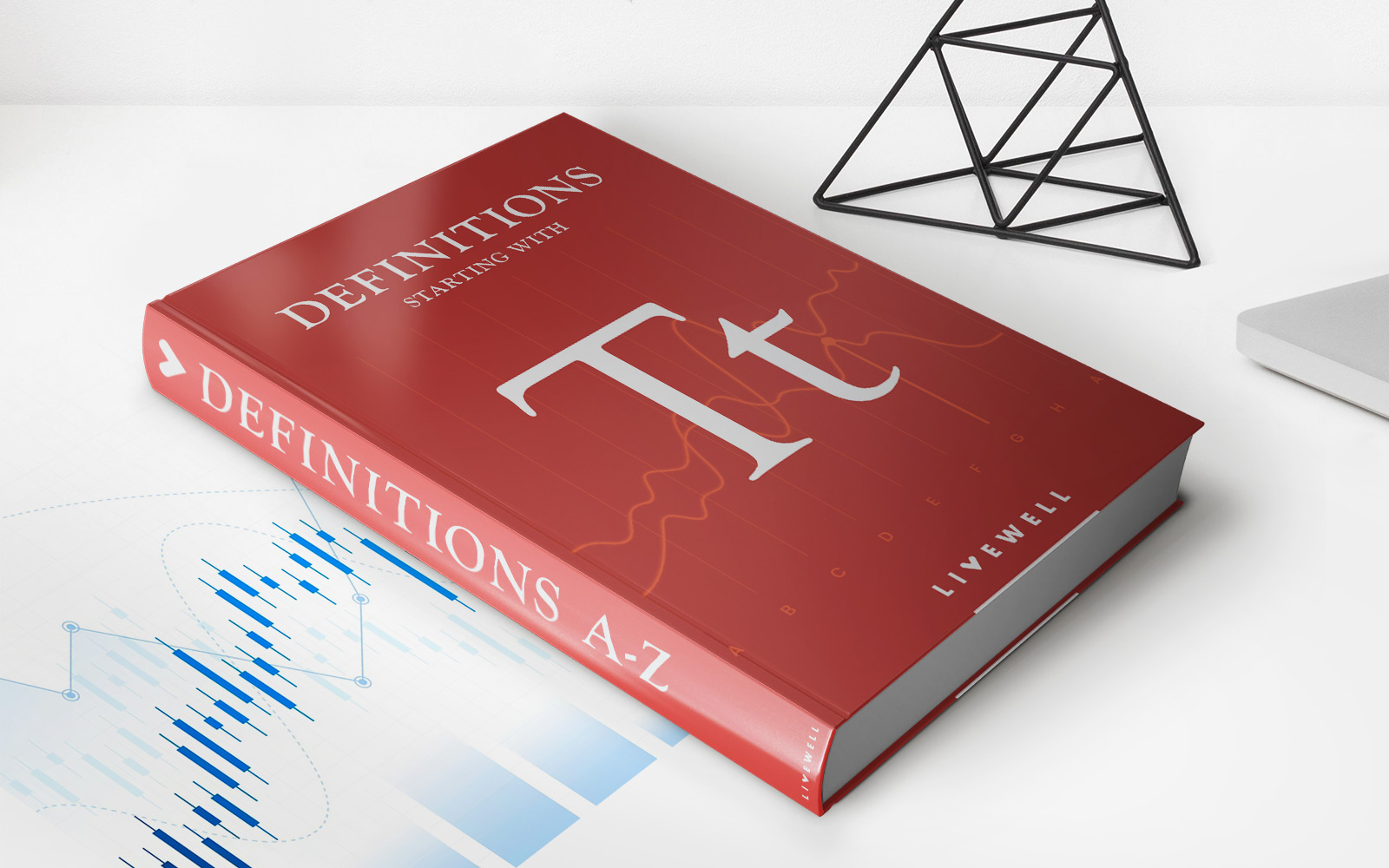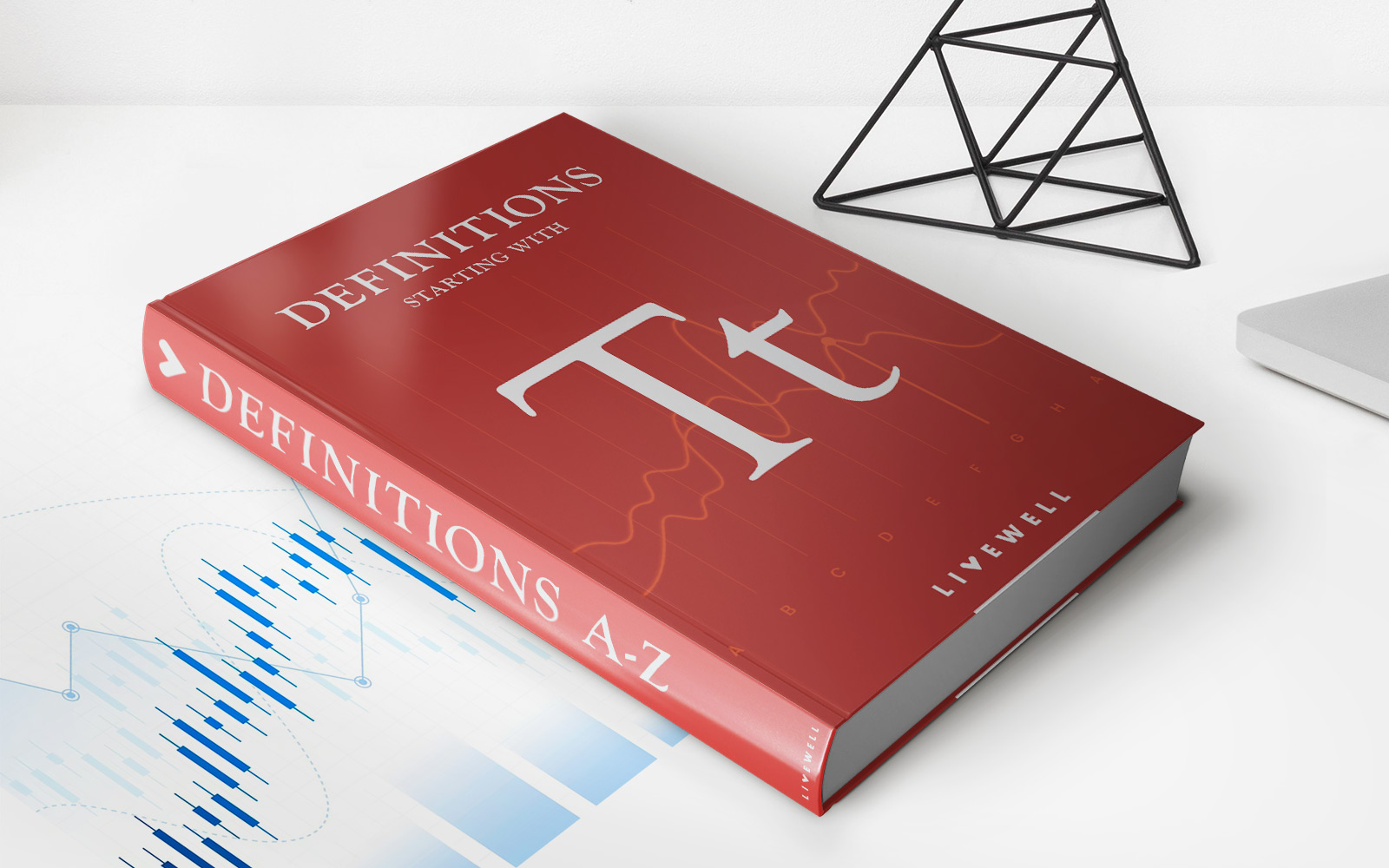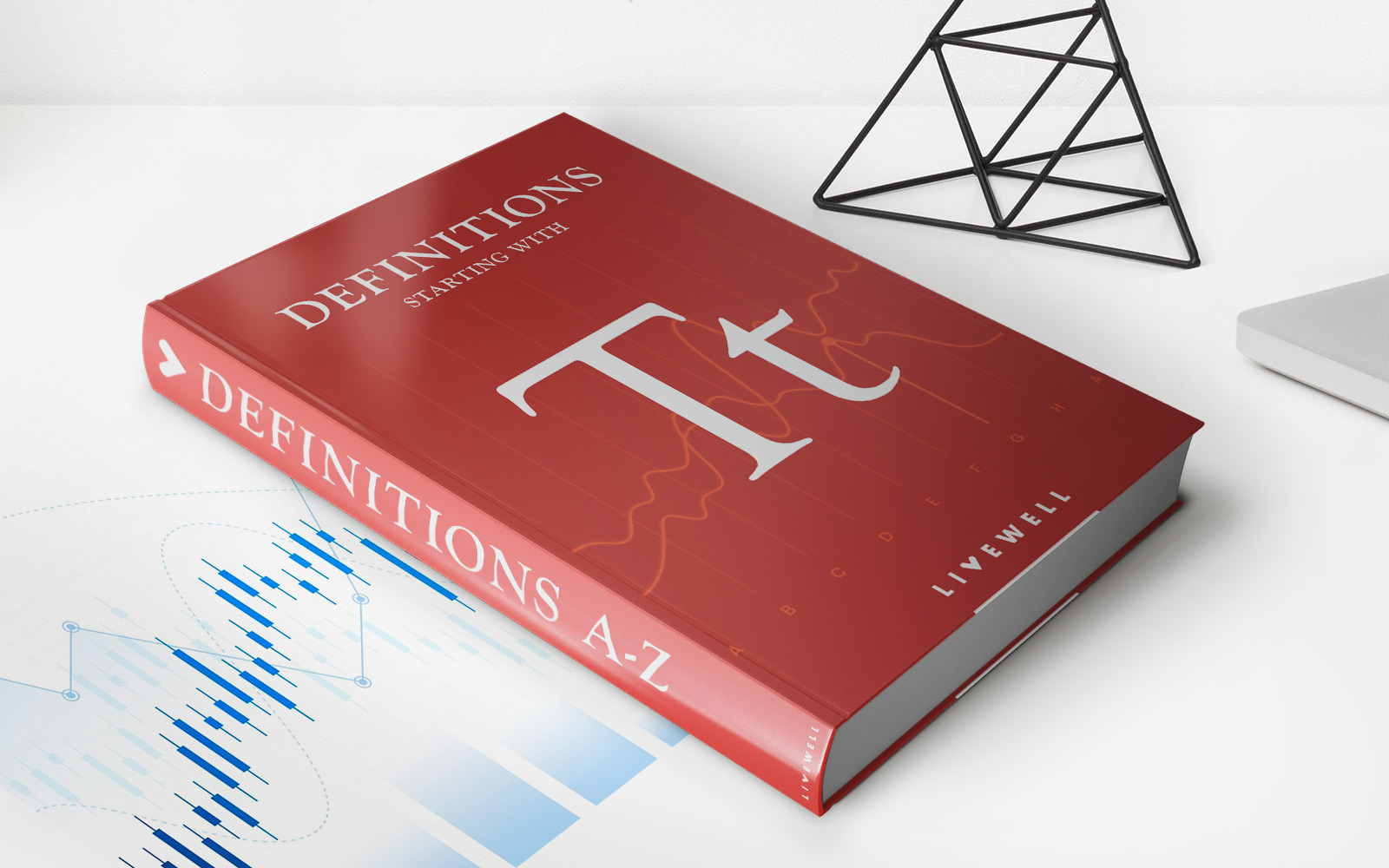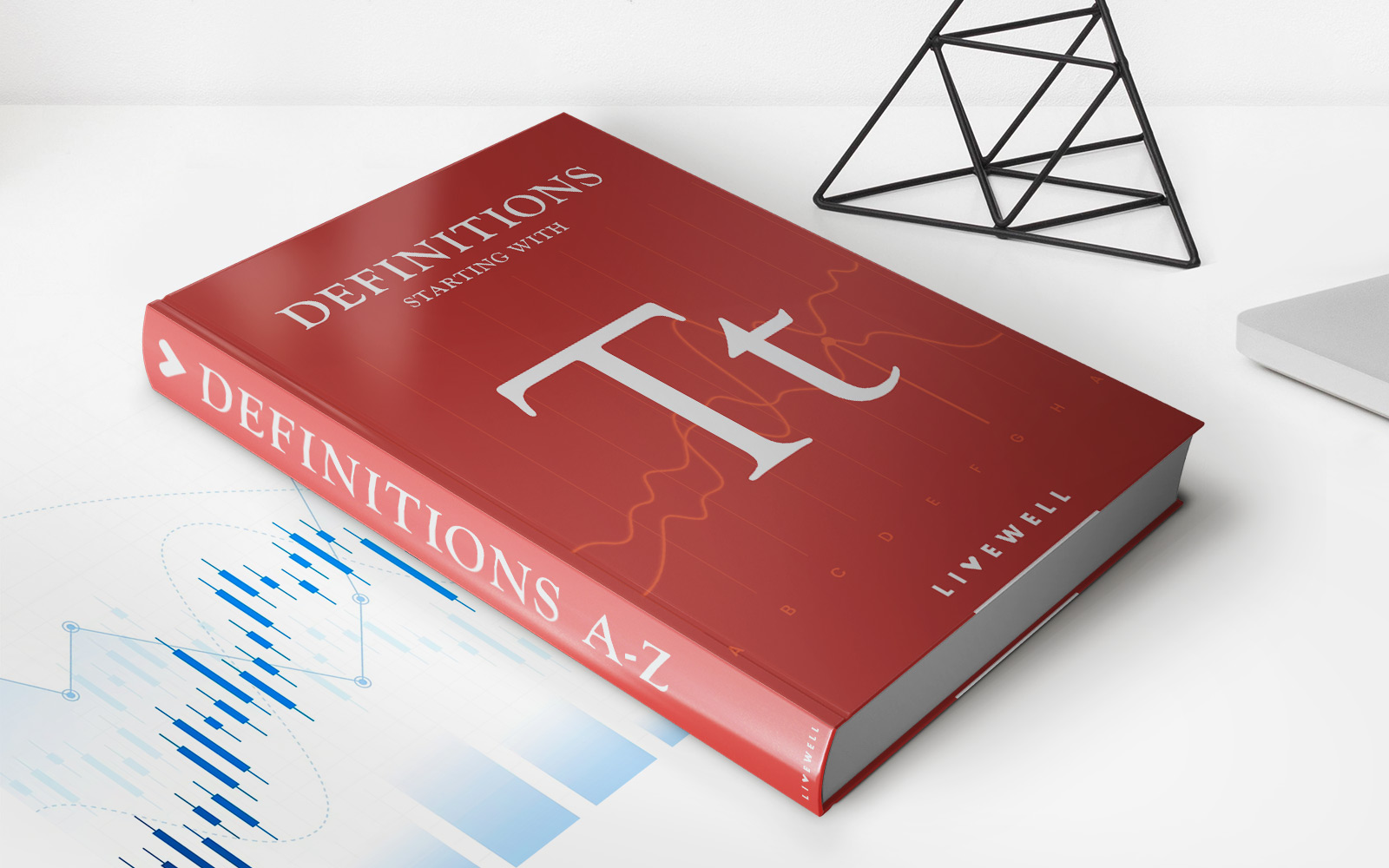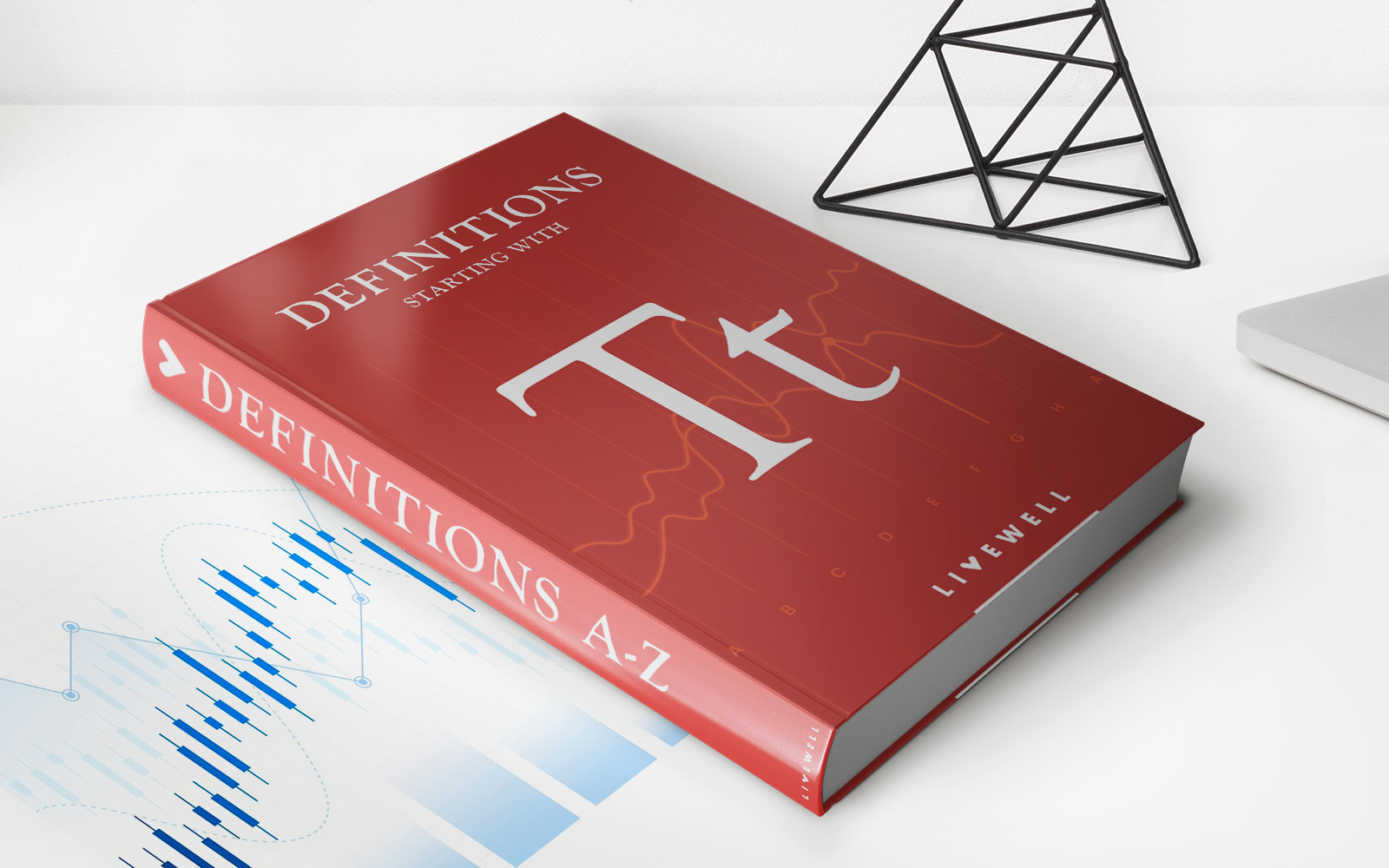Home>Finance>Common Equity Tier 1 (CET1) Definition And Calculation


Finance
Common Equity Tier 1 (CET1) Definition And Calculation
Published: October 30, 2023
Learn about Common Equity Tier 1 (CET1) in finance, including its definition and calculation. Gain insights into this important financial concept.
(Many of the links in this article redirect to a specific reviewed product. Your purchase of these products through affiliate links helps to generate commission for LiveWell, at no extra cost. Learn more)
Welcome to the world of finance, where we dive into the fascinating concept of Common Equity Tier 1 (CET1)!
If you’ve ever found yourself pondering over financial terms and trying to make sense of the complex jargon, you’re not alone. Understanding the intricacies of the finance world can be challenging, but fear not! In this blog post, we will unravel the mystery surrounding the definition and calculation of Common Equity Tier 1 (CET1).
Key Takeaways:
- CET1 is a component of Tier 1 capital, which is considered the core measure of a bank’s financial strength.
- It is calculated by deducting a bank’s preferred equity and intangible assets from its common equity.
Now, let’s dig deeper into the meaning of CET1 and how it is calculated.
Defining Common Equity Tier 1 (CET1)
Common Equity Tier 1 (CET1) is a crucial metric used to assess a bank’s ability to absorb losses and withstand financial stress. It represents the highest quality of capital held by a bank and is an important measure of its overall financial stability. CET1 capital is also known as core equity capital or common equity.
CET1 capital consists of a bank’s common shares and retained earnings, which are considered permanent sources of capital. It excludes preferred equity shares and intangible assets, as these are less stable forms of capital that may not provide the same level of protection during times of economic downturn.
Calculating CET1
Calculating CET1 involves a simple equation:
CET1 = Common Equity – Preferred Equity – Intangible Assets
Let’s break it down:
- Common Equity: This includes a bank’s common shares and retained earnings.
- Preferred Equity: This refers to any preferred shares issued by the bank.
- Intangible Assets: These are non-physical assets such as goodwill, patents, or trademarks.
By subtracting preferred equity and intangible assets from common equity, we arrive at the CET1 capital, which represents the highest quality and most stable form of capital held by a bank.
Why is CET1 Important?
CET1 plays a vital role in ensuring that banks have sufficient capital to withstand economic downturns and financial shocks. It acts as a buffer, protecting depositors and creditors from losses in case of a bank’s financial distress.
Regulatory bodies, such as central banks, use CET1 as a benchmark to assess banks’ stability and ensure that they are adequately capitalized. It also helps in determining the bank’s ability to meet capital requirements set by regulatory authorities, such as the Basel III framework.
In Conclusion
Understanding Common Equity Tier 1 (CET1) is essential in evaluating a bank’s financial resilience and stability. By deducting preferred equity and intangible assets from its common equity, CET1 provides a clear measure of a bank’s highest quality capital. This metric serves as an important benchmark for regulatory bodies and helps in maintaining a healthy and robust banking industry.
So the next time you come across the term CET1, you’ll have a better understanding of its importance and how it fits into the financial landscape.




